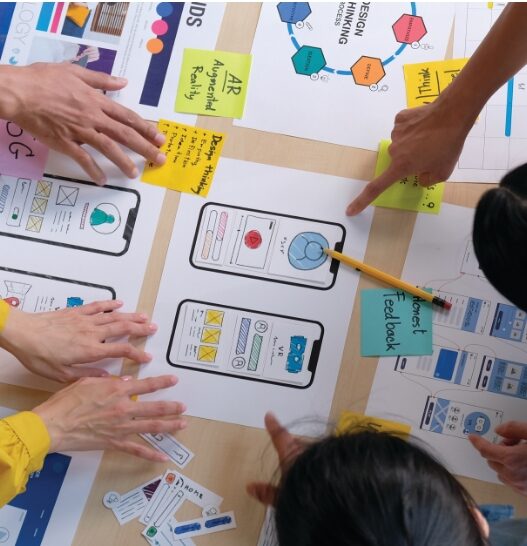What exactly is the need for popularity? How does it express itself in people? How can it be integrated into your own product? What are the examples of successful integration of the need for popularity?
In this article, we want to clarify these questions in order to further answer our core question in this series: “What makes a product really cool and inspiring?”
In doing so, we’ll look at products that have made the need for popularity the focus of their own product design, but also at individual features of other products that specifically satisfy the need for popularity. This will give you initial ideas and clues as to how you can use psychological product design to specifically improve the user experience of your own product.
The great needs series: a brief recap
In our introductory article, we noted that a positive user experience comes in large part from positive emotions during use. These positive emotions can be specifically evoked in users by satisfying user needs. To achieve this, you need to become aware of the needs and figure out how to specifically incorporate them into your product design.
So far, we have identified the following needs that are particularly relevant in technology use:
( According to Sarah Diefenbach: “Experience Design Tools – Approaches to Interaction Design from the Perspective of Psychological Needs” )
We have looked at the needs of connectedness, safety, and competence in previous articles. In this article, we take a closer look at the need for popularity and find out how exactly a feeling of popularity can arise in users during use.
What is the popularity need?
To answer this question, let’s look at Sarah Diefenbach’s definition:
Popularity: the need to be recognized by others, to be someone others find interesting or emulate. Fame and responsibility play a role here, as well as power and influence.
(source: Sarah Diefenbach “Experience Design Tools – Approaches to Interaction Design from the Perspective of Psychological Needs“)
So it’s not just about feeling known and liked, it’s primarily about:
- To experience recognition
- To have one’s opinion valued
- To be seen by others as an interesting person
- Being a role model
- Playing an important role
- To experience fame
- To have responsibility and thereby be important
- To have power
- To have influence
Growth need popularity
If you look at Maslow’s hierarchy of needs, you can see that popularity is one of the growth needs. Growth needs are not deficit needs like food, oxygen or safety. These must always be completely fulfilled, otherwise health damage will occur. Growth needs, on the other hand, are individual and can never be completely fulfilled. The urgency of the popularity need is therefore different from that of the safety need, for example.
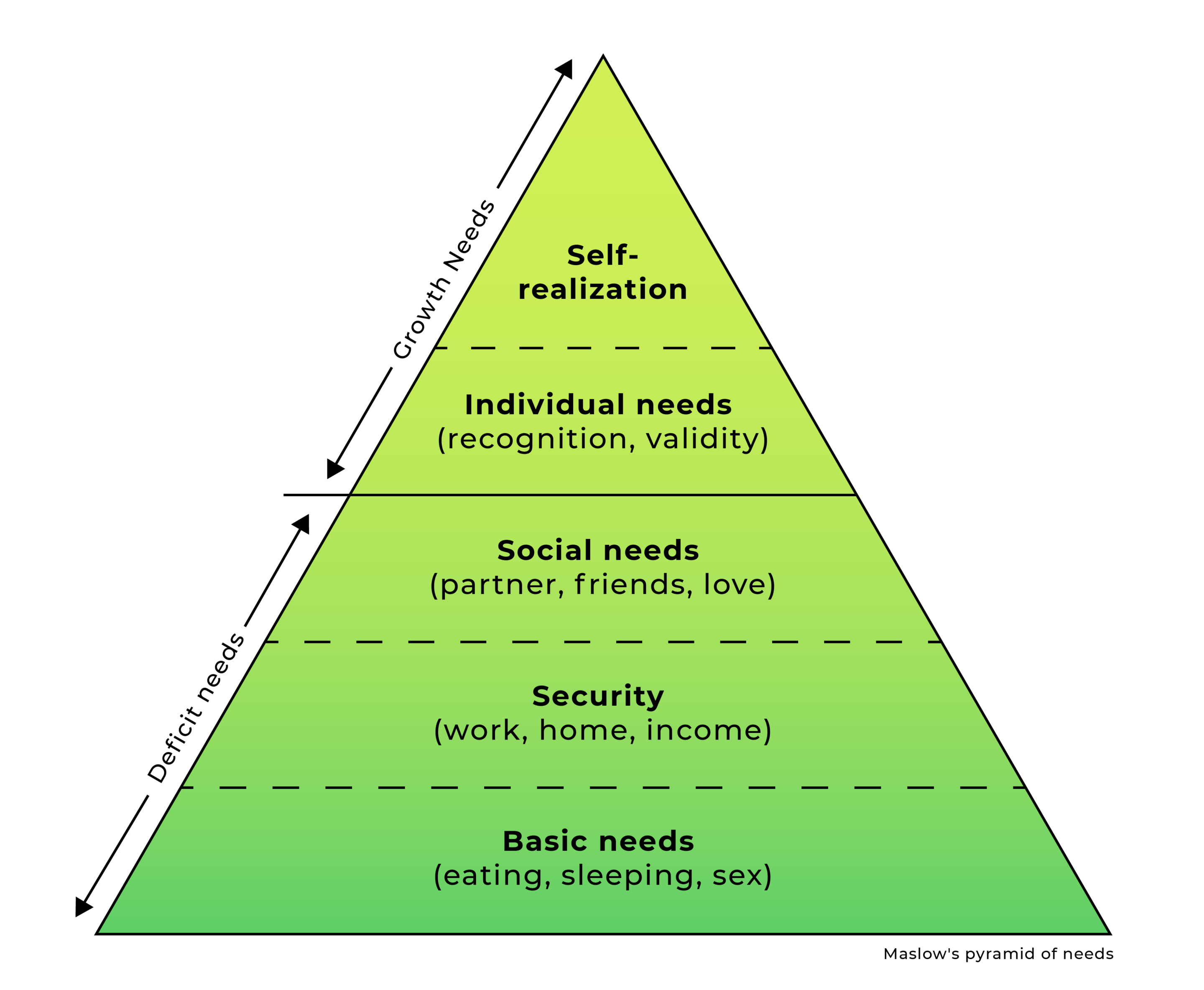
Nevertheless, the need for popularity plays a big role in our professional and private lives. We want recognition for our work, for our opinions, and when we network (online as well as offline) we often strive to appear interesting and to have our opinions validated.
We often strive for influence or even power and see both as great factors for success. Popularity often comes with a certain status and this high status in turn offers us the prospect of security. Those who have power and influence and whose opinions are popular and recognized have far less to worry about in terms of securing their own future (financially). After all, those who have influence and power can help shape their own environment (and then do so for their own benefit).
So the need for popularity is much more than the desire to be seen and to gain notoriety. Let’s take a look at products (and their features) that specifically satisfy the popularity needs of their own users.
Example 1: Social media platforms
Social networks place the need for popularity at the center of product design, in addition to the need for connectedness. Having followers and building a circle of followers is an essential part of the user experience here. Accordingly, the circle of people who follow a profile naturally increases the reach of that profile’s posts and thus the chance of encountering users who show appreciation for the opinion shared in each case. So here you can “measure” in likes and shares how popular an image, opinion or other content is.
Likebuttons: Likebuttons on social media give the opportunity to show approval or support for the content of a post. If one gets likes from other popular people or even a large number of likes, this is a huge satisfaction of the need for popularity. In addition, if a post has many likes, there is a self-reinforcing effect: posts with many likes are perceived as more interesting, while posts with few likes receive less attention. (source: Spektrum.de)

(Example of Like buttons. Source: LinkedIn.com)
Followers: The feature of being able to follow other people on social networks and, above all, to build up a circle of followers satisfies the user’s need for popularity. It is seen as a great success if one’s own content “goes viral” and reaches as many people as possible. But even without a large reach, there is a feeling that one’s own opinion is being heard, perceived, and possibly also perceived as interesting by others.
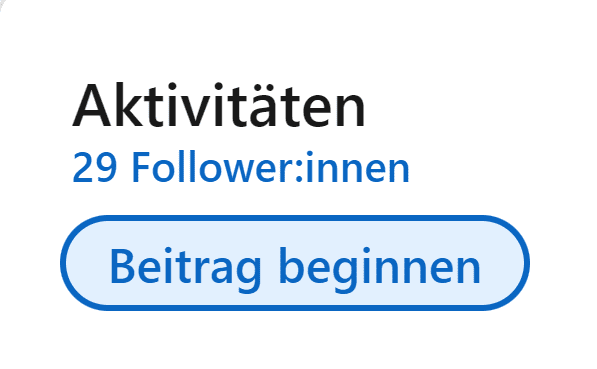
(An example of showing the number of followers you have. Source: LinkedIn.com)
Hashtags: Hashtags also make it possible to make one’s own opinion or content better known and thus achieve more recognition for it. In this way, the right target group for a post can be reached in a very targeted manner.

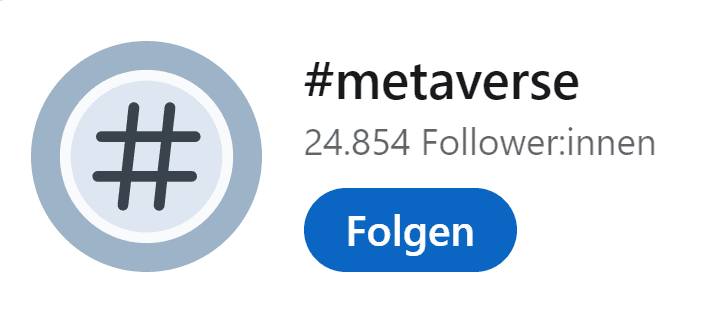
(Examples of hashtags. Source: LinkedIn.com)
Shares: Posts can be shared on almost all social media platforms and thus made accessible to one’s own circle of contacts. If a post is shared, this often shows that a person agrees with the content, considers it important and thus also acknowledges it. Those who get many shares on their posts will feel a sense of popularity when using the respective social media platform.

(Example of the ability to comment and share posts. Source: LinkedIn.com)
Enabling influencers and trendsetters / highlighting popular content: on LinkedIn, for example, you get suggested content from influencers that match your career field or area of interest. The opportunity to be one of these influencers can satisfy users’ need for popularity. Those who make their mark here with their posts are sure to have some recognition and (as the name suggests) can exert a lot of influence on others. The person sets trends in terms of content, opinion and also often in terms of style and habitus. Users can become real “opinion leaders” here and influence opinions and purchasing decisions in a very targeted way.
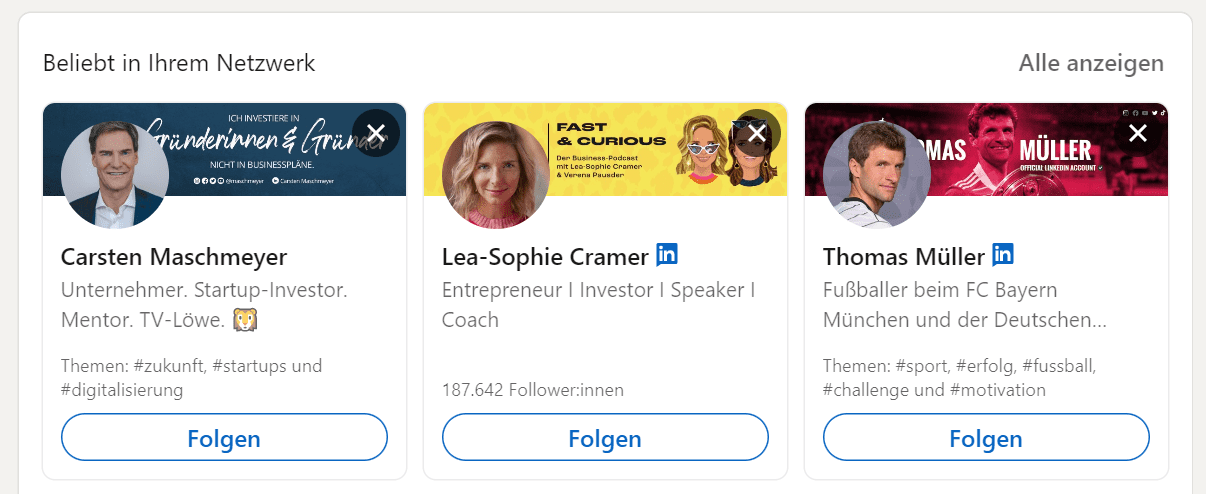
(Examples of influencers. Source: LinkedIn.com)
Mentions and links: Those who are mentioned by others in posts or are linked in these posts can, in many cases, experience the need for popularity as satisfied by this. Very often, only people are linked and mentioned who themselves or their opinion on a topic are considered particularly interesting or have great influence in a field.
Example 2: Platforms for reviews
Some apps and applications offer the possibility to rate products or services and write a review about them. Often this is a mixture of social media and forum.
Letterboxd is one such app. Here, movie lovers can rate watched movies with stars, look at a movie’s rating before watching it, keep a kind of backlog of movies already watched, and (this is the core of the app) write reviews of movies themselves.
These reviews can then be liked by other users. In this way, the authors experience a sense of recognition when their own review gains popularity. Here, too, particularly popular reviews are displayed to almost the entire community on a home page and thus made accessible to a very large audience. If an authored review lands on this start page, this also satisfies the need for popularity.

An example of a review with many likes. Source: Letterboxd)
Example 3: Sharing your own customizations of products
Customization is also a way to satisfy the popularity need in product usage. Customization for products is often in high demand and a cool way to get a truly unique product that is perfectly tailored to the user. Whether it’s custom designed cases for the gaming PC, shoes with a freely designable pattern or custom stickers for the own car – customization is very important for many clients.
Some sites or apps offer the possibility to save one’s own design and make it available to other users. Sometimes there is an option to share these designs with other users. If a specially created design gets many likes and, if necessary, is often bought by others exactly the same way, this can greatly satisfy the need for popularity. One’s own style and taste are recognized by a group of users.
Share designs and own creations on social media: Those who create something of their own often feel proud and, accordingly, some want to share their own “creations” with others. Here, too, approval and the “repurchase” of specially customized products can trigger a feeling of popularity. A specific example of this is provided by Pono Bowls, a local company from Hesse. Here, people can put together their own bowl from a base, a sauce and various toppings and then share this composition on social media. Here, clients can rate and repurchase other clients’ saved bowls and see which ones are the most popular.
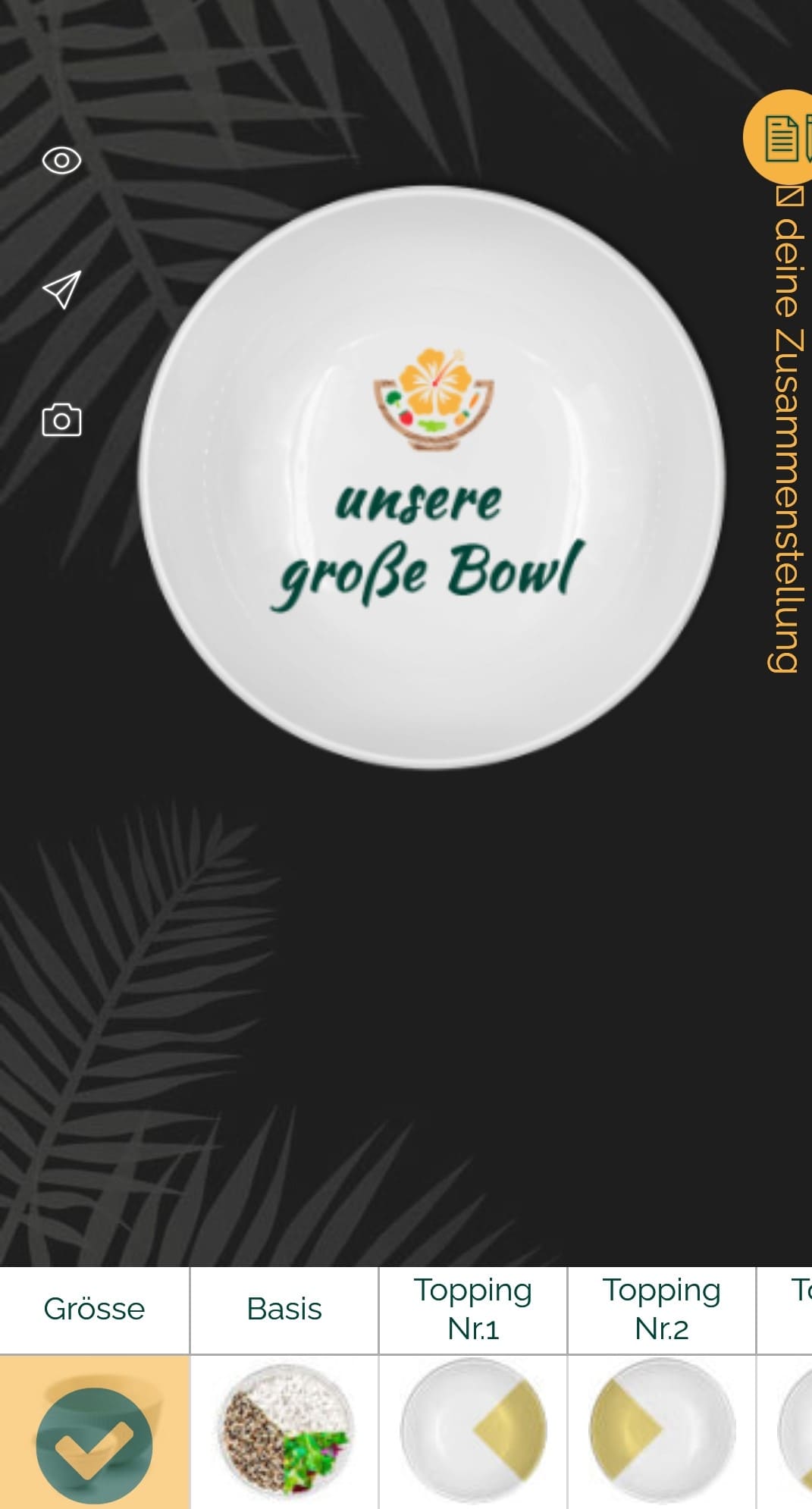
(Example of a shareable self-creation. Source: PonoBowl)
Get the Look: Zalando’s online store offers the option to save your own outfits and then share them. Other clients can then buy the complete outfit. These “looks” are then presented in the app and on the homepage of the online store. Particularly popular outfits are of course more visibly displayed here. The ability to make one’s own style visible enables clients to set trends and gain recognition for their own taste. If one’s own outfit is often purchased and placed on the home page, the user feels popular.
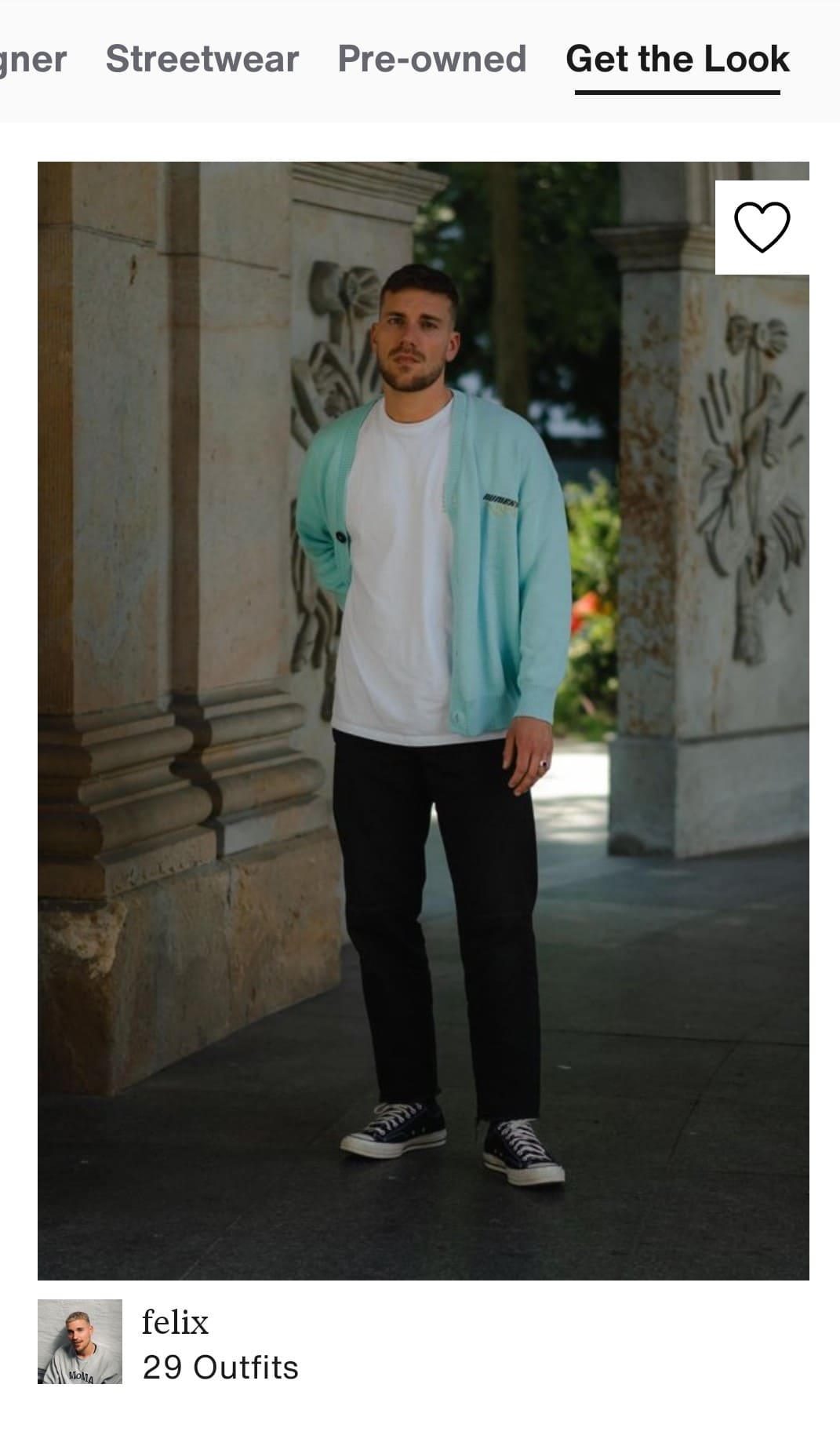

(Examples of a “Get the look” feature. Source: Screenshot from Zalando.de)
Conclusion
It’s not only on social networks that a sense of popularity can quickly arise for users. Often it’s about making users’ opinions likeable and shareable, but also creating the opportunity to be seen with your own opinions, creations or content in order to get possible recognition.
Does your product have features that satisfy the need for popularity? Let us know in the comments.
Have questions about incorporating user needs in your specific case? Feel free to get in touch via our contact form and arrange a free get-to-know-you meeting with us.
We are very much looking forward to your feedback!
Our need series
Here is our overview of the articles in the series:
Part 1: Introduction
Part 2: Connectedness
Part 3: Security
Part 4: Competence
Part 5: Popularity
Part 6: Stimulation
Part 7: Autonomy
Part 8: Meaningfulness


